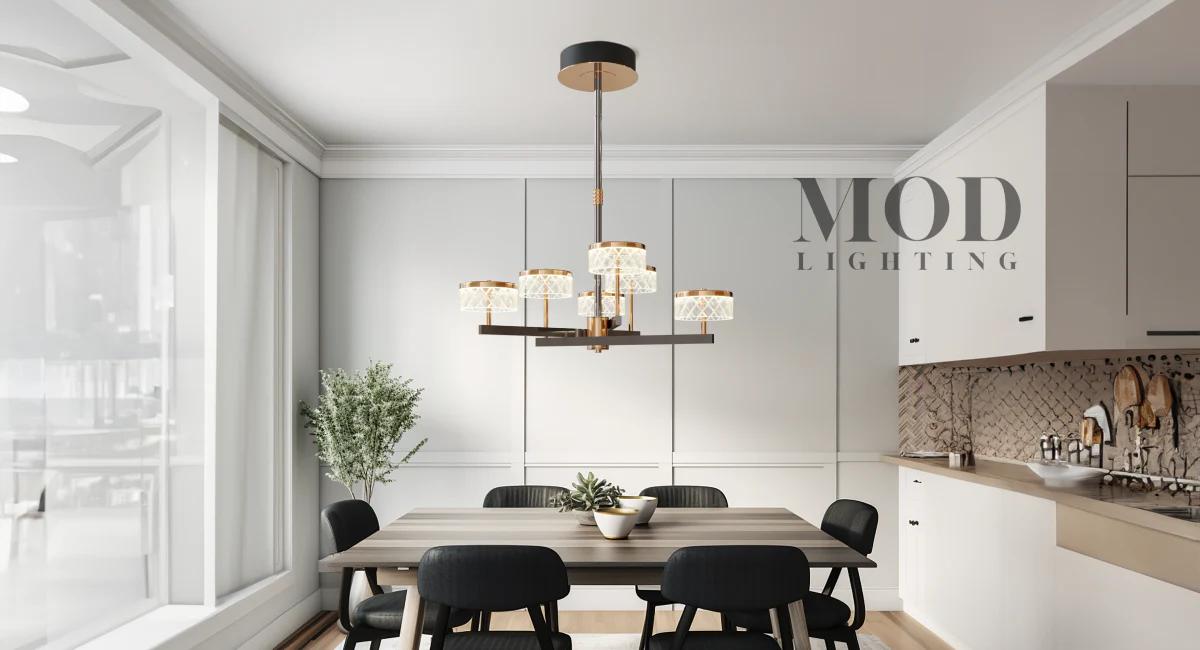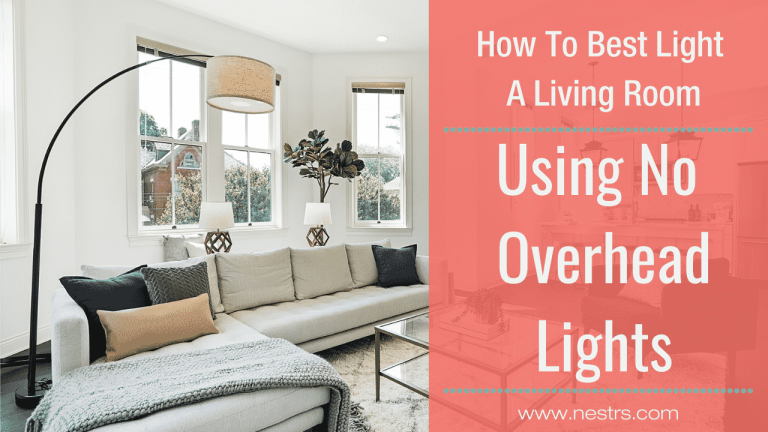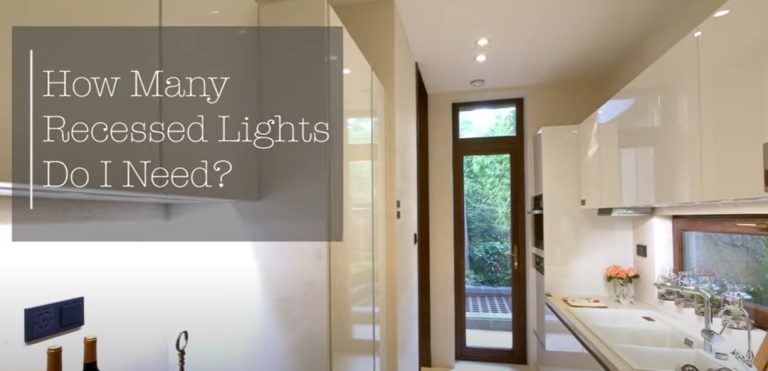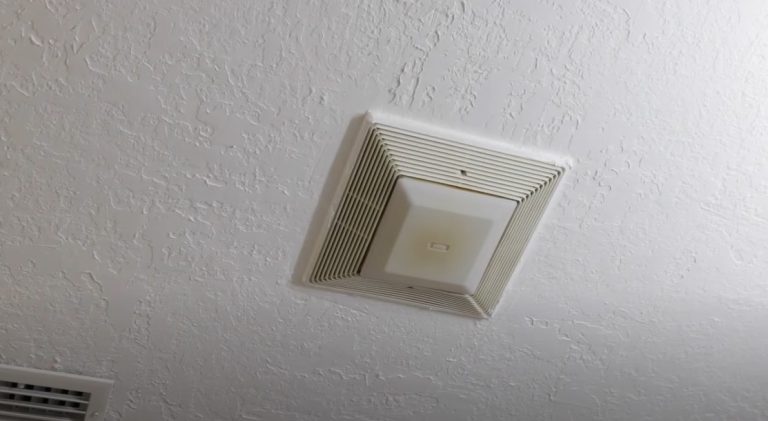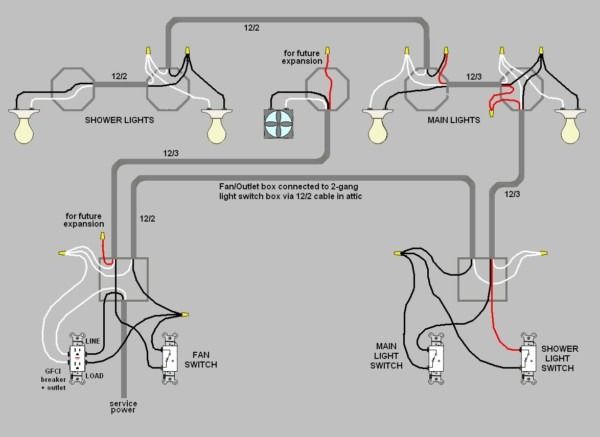How Low Should a Dining Room Light Hang? Expert Tips
How low should a dining room light hang? A dining room light should hang 30 to 36 inches above the tabletop for an 8-foot ceiling. For higher ceilings, add 3 inches for each additional foot. This height provides optimal lighting while maintaining clear sightlines and balanced aesthetics.
The light fixture above your dining table might be the culprit. How low should a dining room light hang to create that perfect ambiance? This question can make a significant difference in how you and your guests experience your dining space.
You’re not alone in wondering about this. Many homeowners struggle with finding the ideal height for their dining room lights. Too low, and it feels overwhelming. Too high, and it doesn’t provide the cozy illumination you desire. This article will illuminate the perfect height, tailored to your dining room’s style and size. Dive in to discover how to transform your dining area from ordinary to extraordinary with just the right lighting adjustment. Your dining room’s potential is waiting to be unlocked.

Credit: www.archantiques.com
How Low Should a Dining Room Light Hang?
Ideal Height For Dining Room Lights
Choosing the right height for dining room lights is crucial. It affects the room’s ambiance and functionality. The light should hang low enough to provide adequate illumination but not too low to obstruct views. Finding the perfect balance enhances both aesthetics and comfort in your dining area.
Read More: How Do Mirrors Affect the Lighting in a Room? Illuminate!
Understanding The Basics
To determine the best height, start with the table size. A standard dining table is about 30 inches high. The light fixture should hang 30 to 36 inches above the table surface. This range provides a good balance of light and space.
Considering Room Dimensions
Room size also influences light height. In larger rooms, higher ceilings allow the light to hang higher. This maintains proportion and balance. For smaller rooms, keeping the light lower ensures it doesn’t overpower the space.
Types Of Dining Room Lights
Different lights require different heights. Chandeliers often hang lower than pendants. Pendants can be adjusted to varying heights. Consider the type of light when planning your setup. Aim for consistency in style and function.
Adjusting For Special Occasions
For special dinners, consider temporary adjustments. Lower the light to create a cozy atmosphere. Raise it for a brighter, more spacious feel. Adjustments can transform the dining experience.
Using Dimmers
Dimmers offer flexibility without changing the fixture height. They allow control over light intensity. This can help create the perfect dining ambiance every time.
Factors Influencing Light Height
The perfect dining room ambiance hinges on many elements. One crucial aspect is the height at which the light hangs. This choice impacts both functionality and aesthetics. Several factors determine the ideal light height. Understanding these can create a harmonious dining experience.
Room Size And Ceiling Height
Room size influences the light height. Larger rooms often require a higher light placement. This ensures even light distribution. Ceiling height also plays a critical role. High ceilings allow for lower light placement, creating intimacy. Standard ceiling heights demand careful measurement. A light hanging too low can obstruct views.
Table Size And Shape
The size and shape of the dining table affect light placement. A large table may need multiple fixtures. This ensures adequate lighting across its length. Round tables benefit from central lighting. The shape dictates how light spreads across the surface. Proper placement enhances table aesthetics.
Fixture Design And Style
Light fixture design impacts hanging height. Sleek, minimal designs often hang lower. This accentuates their modern appeal. Intricate designs may require higher placement. This showcases their craftsmanship. Style choices reflect personal taste. They also affect how light complements the room’s decor.
Functionality And Purpose
Consider the dining room’s primary use. Formal dining requires softer, ambient light. Casual settings might need brighter illumination. The purpose guides the light height decision. It ensures the room serves its intended function well.
Personal Preference
Personal taste plays a significant role. Some prefer a cozy, intimate setting. Others like a bright, airy atmosphere. Preferences can dictate light placement. The goal is to create a comfortable environment. One that aligns with individual style.
Different Light Styles And Heights
Choosing the right height for your dining room light is crucial for creating the perfect ambiance. Different light styles require different hanging heights. The trick is to balance functionality with style, ensuring your dining experience is both pleasant and well-lit. You’ll find that certain light styles can dramatically change the vibe of your room. Let’s dive into how each style can dictate the height for your dining room light.
Chandeliers
Chandeliers are a classic choice for dining rooms. Their elegance can transform a simple room into a sophisticated space. Typically, chandeliers should hang about 30 to 34 inches above the dining table. This height provides ample lighting and ensures the chandelier isn’t blocking anyone’s view.
If you have a taller ceiling, consider adding a few more inches to this height. A friend of mine once hung her chandelier too low, and it felt more like a centerpiece on the table than a light source. Remember, the goal is to illuminate, not obstruct.
Pendant Lights
Pendant lights offer flexibility and modern appeal. These lights should hang about 28 to 34 inches above the table surface. The variety of designs allows you to play with heights, especially if you’re using multiple pendants.
Think about a dinner party you hosted. Pendant lights can set the mood by spotlighting the table, making food and conversations the focus. Just ensure they’re spaced correctly to avoid uneven lighting.
Linear Suspensions
Linear suspensions are perfect for longer tables. They should hang at a height that maintains an uninterrupted visual flow across the table. Typically, 30 to 36 inches above the table is ideal.
Imagine a linear suspension light acting like a runway for your dining table, guiding the eye across a beautifully set table. But if it’s too high, it might not provide sufficient light. Too low, and it could become a distraction.
Flush Mounts
Flush mounts are great for rooms with low ceilings. They should be positioned close to the ceiling, around 6 to 10 inches away. This style keeps the light source unobtrusive while providing ample illumination.
Consider a flush mount if your dining room doubles as a workspace or study area. This setup ensures a well-lit environment without the light becoming overpowering.
Which style resonates with your dining room vision? How would adjusting the height of your light transform your space? The right choice can enhance not just the room but every meal shared within it.
Read More: How to Set Up Led Strip Lights in Room? Easy Guide
Tips For Measuring Light Height
Finding the perfect height for your dining room light can transform the space, making it both functional and stylish. But how do you measure the height correctly? Let’s dive into some practical tips that will help you make the best decision for your home.
How To Measure Proper Height
Start by measuring the height of your dining table. A general rule is to hang the light fixture about 30-36 inches above the table. This ensures enough illumination without obstructing the view across the table.
Consider The Room Dimensions
Room size matters. If your dining room has a high ceiling, you might want the fixture lower than usual. This prevents it from feeling like it’s floating too high above the table and losing its impact.
Think About Fixture Size
The size of the light fixture itself plays a role in how high it should be hung. A larger fixture can be hung slightly higher without losing its visual appeal, while smaller fixtures often look better closer to the table.
Test Different Heights
Don’t be afraid to experiment. Before finalizing the height, try different positions with the help of someone holding the fixture. This hands-on approach helps you visualize how the light interacts with the space.
Check For Shadows And Glare
A dining room light should enhance the ambiance, not hinder it. Once you’ve chosen a height, check for unwanted shadows or glare. Adjustments might be necessary to ensure the light complements your dining experience.
Have you ever adjusted your dining room light and noticed a huge difference in the room’s atmosphere? Share your experiences or any tips you might have in the comments below. Your insight might just be what someone else is looking for!
Common Mistakes To Avoid
Positioning dining room lights correctly enhances ambiance and functionality. Hanging them too high diminishes light coverage. Too low obstructs views and creates glare.
Finding the right height for your dining room light is more than just a design choice; it affects the entire dining experience. Yet, many people make simple mistakes that could easily be avoided. Let’s dive into some common pitfalls and learn how to hang your dining room light perfectly.
1. Hanging Too High Or Too Low
Hanging your dining room light too high can leave your space feeling cold and unfinished. It might not provide enough light to properly illuminate your table.
On the other hand, hanging it too low can block your view and make the room feel cramped.
Consider the standard height recommendation: 30 to 36 inches above the table. This sweet spot enhances both functionality and aesthetics.
2. Ignoring Table Size And Shape
Your table’s size and shape directly influence the height and type of lighting you should choose. A rectangular table might need multiple pendant lights, while a round table could be better suited to a single fixture.
Think about how the light interacts with your table—does it evenly distribute light across the surface? If not, adjust the height or number of fixtures accordingly.
3. Forgetting About Ceiling Height
Your ceiling height plays a crucial role in determining how low your light should hang. A standard ceiling might allow for the traditional 30 to 36 inches, but what if your ceiling is particularly high or low?
Measure your space and adjust accordingly. High ceilings might require longer fixtures, while lower ceilings might need more compact designs to prevent overwhelming the space.
4. Overlooking Fixture Size And Style
A large fixture in a small room can be overpowering, while a small fixture might get lost in a larger space. Choose a light that complements your room’s scale and style.
Consider the vibe you want to create—modern, rustic, or classic—and choose a fixture that enhances your space’s personality.
5. Neglecting Functionality
Your dining room light should not only look good but also serve a practical purpose. Does it provide adequate lighting for dining and other activities?
Think about dimmer switches or adjustable lighting options to cater to different moods and occasions.
6. Skipping The Test Run
Before finalizing the fixture’s height, test it out. Hang it temporarily and observe its effect on the room during different times of the day.
Ask yourself, “Is the lighting sufficient and aesthetically pleasing?” Adjust as needed based on your observations.
Avoid these common mistakes and you’ll transform your dining room into a space that’s both stylish and functional. Are there any lighting challenges you’ve faced in your dining room? Share your thoughts and let’s find solutions together.

Credit: www.1800lighting.com

Credit: www.stagedforupsell.com
Frequently Asked Questions
How High Above The Table Should A Dining Light Hang?
A dining light should hang 30 to 36 inches above the table. This ensures proper lighting and aesthetics.
Does Chandelier Size Affect Hanging Height?
Yes, larger chandeliers may require higher placement. This prevents overwhelming the space and maintains balance.
What Factors Influence Dining Room Light Height?
Table size, ceiling height, and light fixture style are key factors. They determine the ideal hanging height.
Conclusion
Choosing the right height for your dining room light is important. It affects the room’s look and feel. Too high and it loses impact. Too low and it might interfere with dining. Think about your table size and room height.
A good balance creates comfort. Experiment with different heights. Find what works best for your space. Make your dining area inviting and stylish. Remember, every room is unique. Trust your instincts. Create a warm, welcoming atmosphere. Enjoy your perfectly lit dining room.

